ETP and STP Plant Manufacturers in Maharashtra
Trity Enviro Solutions is one of the best Sewage Treatment Plant and Effluent Treatment Plant manufac...
Get a Free QuoteETP and STP Plant Manufacturers in Maharashtra
Water treatment facilities are made to hasten the purification of water that occurs naturally. The natural process is overburdened by billions of humans and significantly more wastewater. Without wastewater treatment, the volume would wreak havoc, as it still does in developing nations today. Over 80% of all wastewater discharged worldwide goes untreated. The nations that do have water treatment facilities utilize a variety of techniques to purify water as much as possible before releasing it back into the environment to preserve the safety and well-being of people and the planet.
- Elements in wastewater are hazardous to both people and the environment. Wastewater treatment facilities aid in water purification and help to prevent problems like those that are now present in developing nations. Unclean water provides serious health concerns and is responsible for 1.7 million annual deaths, more than 90% of which occur in developing nations. Many underdeveloped countries still experience high rates of certain water-related diseases, such as cholera and schistosomiasis, as only a relatively small portion of home and urban wastewater is treated before being released into the environment.
- The ecology is also protected by wastewater treatment. Fresh water is necessary for fish and aquatic life. They are unable to survive when the water they live in is polluted. Excessive levels of chemicals, such as nitrogen and phosphates, can cause excessive plant growth and the discharge of toxins into water in streams, rivers, and other large bodies of water. Dead zones, where fish and other aquatic life can no longer exist, are the result of oxygen deprivation.
So, this was basics about the water and its impact on the environment which ultimately affects the living organisms, That’s why Trity Enviro Solutions wants to convey our message to the people out there about the latest wastewater purification techniques that are present in the market for the easy treatment of wastewater. Today, we are going to discuss about the sewage treatment plant and effluent treatment plant in detail. There are two different kinds of wastewater treatment facilities: sewage treatment plants (STP) and effluent treatment plants (ETP), each of which is created for a particular function. Firstly, if we talk about the sewage treatment plant then we can define it as a wastewater treatment plant that is used for the treatment of wastewater from domestic sources like homes, schools, etc, But at the same time effluent treatment plant which is designed for the treatment of effluents that are coming from various industrial sources etc,.
Stages of Work of STP and ETP
As far as the working of STP and STP are considered which are easily available through STP and ETP Plant Manufacturers in Maharashtra. Below are mentioned some of the points that will clearly make you understand how these plants are used so that you can understand what these plants are:
- Screening: Sewage passes via screens or bar racks that catch big particles like sticks, plastics, and trash before entering the STP. This step guards against equipment damage down the line.
- Primary Treatment: The sewage is processed at this stage by flowing into primary settling tanks, where the heavier solids become sludge and the floating materials are skimmed off as scum. The suspended particles and organic materials are significantly reduced thanks to this technique.
- Secondary Treatment or Biological Treatment: The primary treatment's clarified waste is moved to aeration tanks or biological reactors. To degrade the residual organic content in the wastewater, microorganisms are added to these tanks. This biological procedure, also known as biological oxidation or activated sludge, transforms organic contaminants into harmless byproducts like water and carbon dioxide.
- Clarification: Sewage goes through a secondary clarity procedure to remove any leftover sediments and germs after biological treatment. The treated water, referred to as effluent, is prepared for disposal or additional treatment while the settled sludge is returned to the aeration tanks.
- Tertiary Treatment: Tertiary treatment may be used in some circumstances to further polish the effluent. To get rid of any last-minute pollutants and pathogens, extra filtration, chemical treatment, or disinfection procedures may be necessary.
- Discharge or Reuse: If it satisfies legal requirements, the final treated effluent may be recycled for industrial or agricultural use or discharged into a natural water body such as a river or ocean.
Advantages of STP and ETP over Other Treatment Methods
- Pollution Prevention: Aquatic ecosystems and groundwater are safeguarded by ETPs by preventing the release of dangerous pollutants such as chemicals, heavy metals, and organic compounds into natural water bodies.
- Sustainable Practices: Implementing ETPs that are easily available through STP Plant Manufacturers in Maharashtra demonstrates a business' dedication to environmental sustainability and sound management, which can enhance its standing and relationships with stakeholders. Also, Effective ETPs and STPs minimize the danger of legal obligations, penalties, and environmental harm brought on by incorrect industrial wastewater disposal.
- Competitive Advantage: By satisfying environmentally sensitive consumer demands and abiding by sustainability regulations, businesses with efficient ETPs may gain a competitive advantage.
- Regulation Compliance: By treating industrial effluents to lessen their environmental impact and maintaining compliance with discharge standards, ETPs and STPs assist the industry in meeting regulatory requirements they can be easily purchased through Effluent Treatment Plants Manufacturers and they lessen the environmental impact of wastewater discharges by eliminating suspended particles, organic matter, and nutrients (nitrogen and phosphorus) that can damage aquatic ecosystems and water quality in rivers and other receiving water bodies.
Conclusion
In conclusion, wastewater management and environmental protection depend on the use of sewage treatment plants and effluent treatment plants, which are both crucial buildings. STPs are made to clean up toxins and pathogens from home and municipal sewage in order to protect human health and preserve the environment and the best thing is that it can be purchased through ETP Plant Supplier in Maharashtra. They also have the potential to recover resources and utilize water. On the other hand, ETPs concentrate on treating industrial effluents and are designed to handle particular contaminants produced by industrial operations. ETPs support ethical resource management, the prevention of environmental pollution, and regulatory compliance for businesses.
Both STPs and ETPs offer a number of benefits, such as chances for innovation and sustainability, public health protection, regulatory compliance, resource recovery, and environmental protection. These treatment facilities are essential to reducing the negative effects of human activity on ecosystems and water quality, which promotes a cleaner and more sustainable future.
Related Products


STP and ETP Plant Manufacturer in Kundli
Trity Environ Solutions manufacturers and suppliers of STP and ETP Plant in Kundli. Sewage Treatmen...
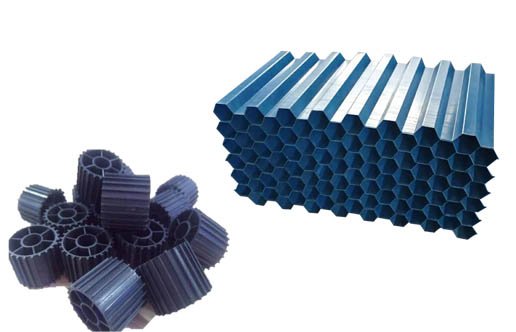

MBBR Media
We are the best manufacturers and suppliers of MBBR Media in India. Moving bed biofilm reactor manuf...


STP and ETP Plant Manufacturer in Dehradun
Trity Environ Solutions manufacturers and suppliers of STP and ETP Plants in Dehradun. Sewage Treatment...


Diffusers
We are a Manufacturer of Fine Bubble Diffusers or Membrane Diffusers in India - Air diffusers, Eye B...
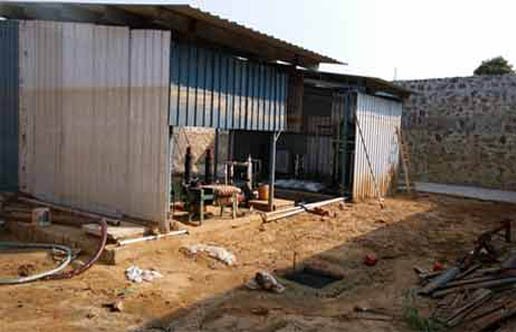

Wastewater Treatment Plant
Trity Environ Solutions is Best Wastewater Treatment Plant Manufacturer and supplier in India. For M...


STP and ETP Plant Manufacturer in Ghaziabad
Trity Environ Solutions manufacturers and suppliers of STP and ETP Plants in Ghaziabad. Sewage Treatment...
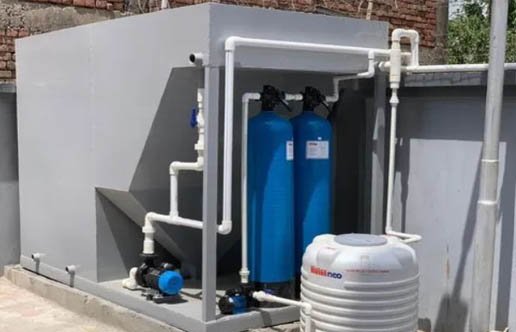

STP and ETP Plant Manufacturer in Kanpur
Trity Environ Solutions manufacturers and suppliers of STP and ETP Plant in Kanpur. Sewage Treatment...
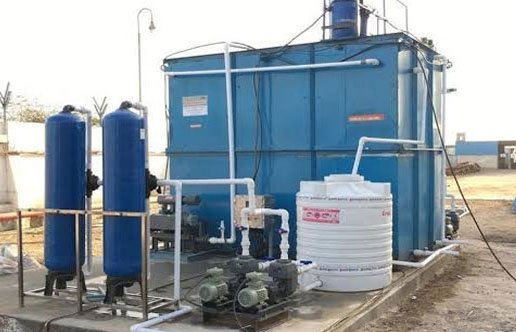

ETP and STP Plant Manufacturers in Maharashtra
Trity Enviro Solutions is one of the best Sewage Treatment Plant and Effluent Treatment Plant manufac...


STP and ETP Plant Manufacturer in Odisha
Trity Environ Solutions manufacturers and suppliers of STP and ETP Plant in Odisha. Sewage Treatment...
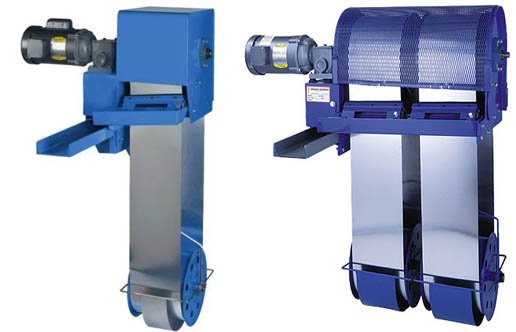

Oil Skimmer for ETP and STP
Trity Enviro Solutions is a leading manufacturer of oil skimmers. We provide innovative oil skimming...

